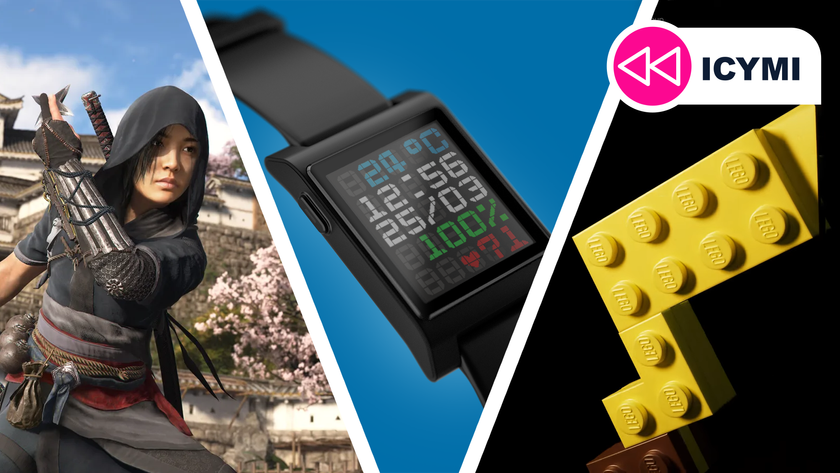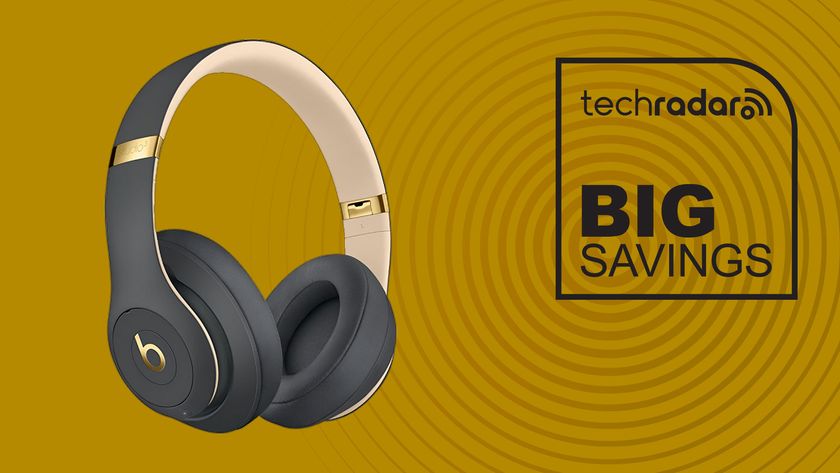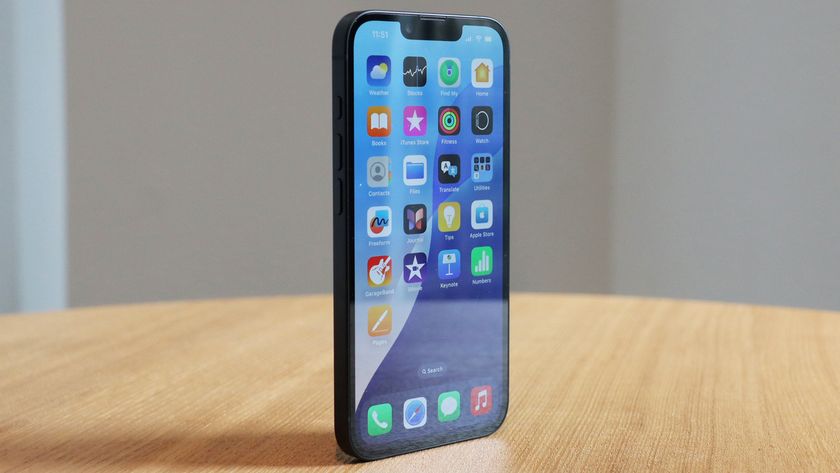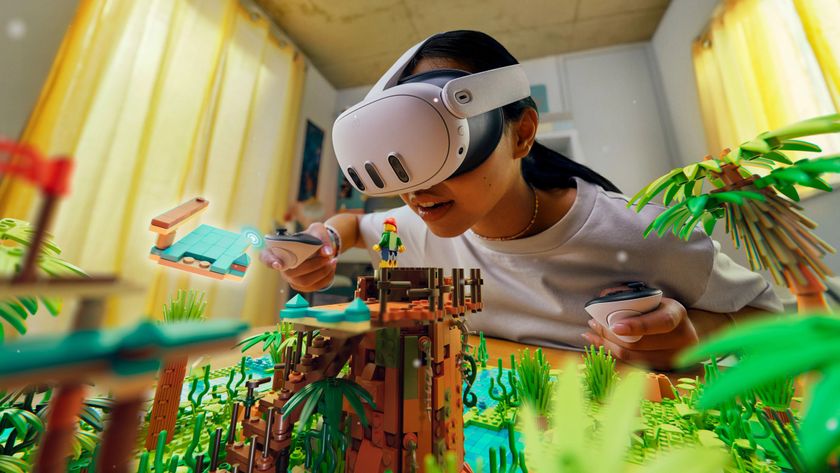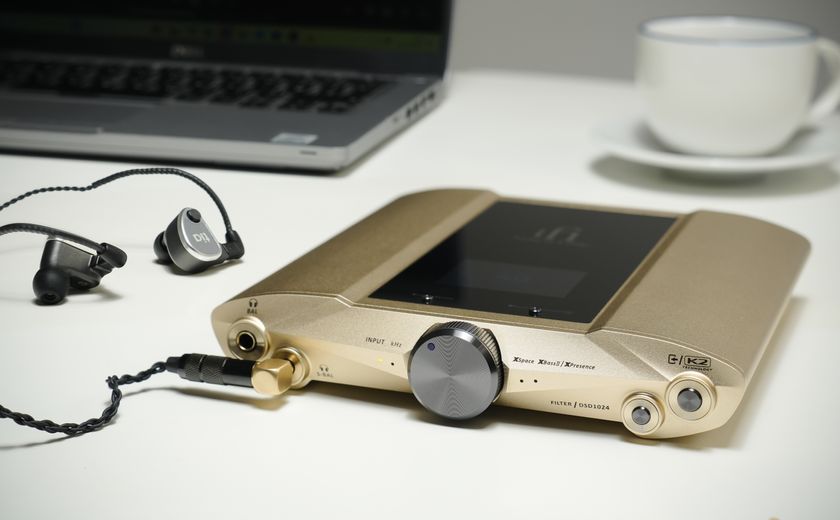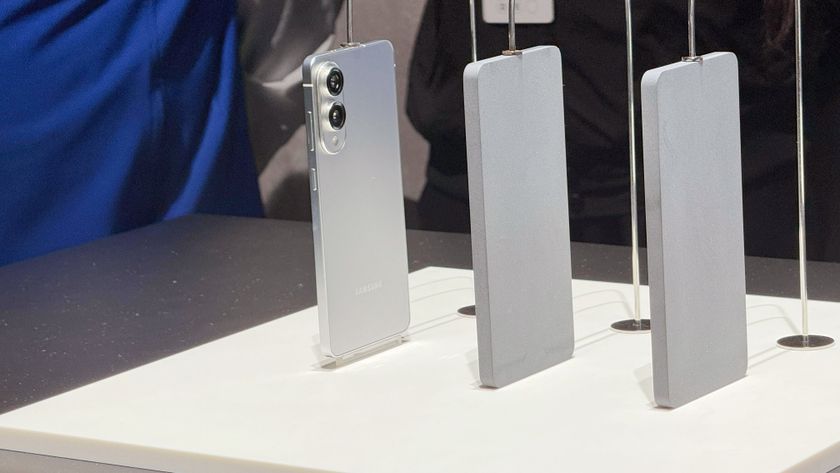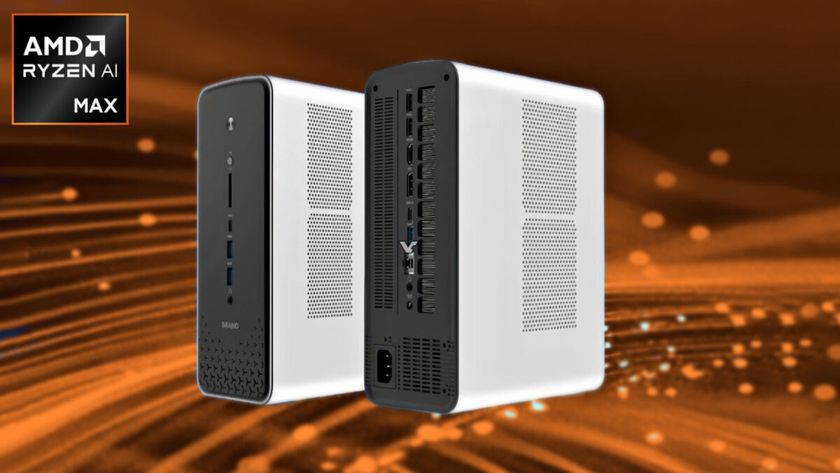How modular bionic upgrades will keep your body cutting edge
The Six Million Modular Man
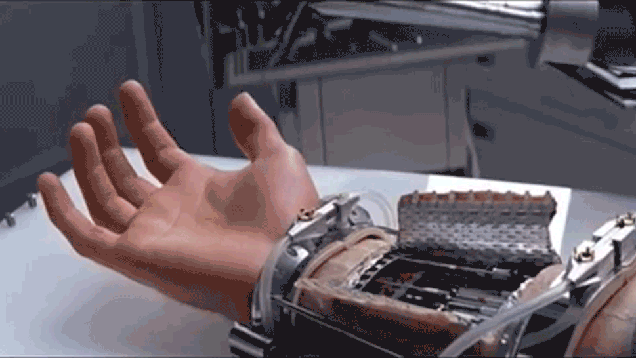
Spearheaded by concepts from tech giants like Google with the sadly-defunct Project Ara, modular tech is an exciting area that has been garnering a lot of interest in recent times. It envisions a future where, instead of purchasing a new device every year or so, you simply customise it component by component to keep it up-to-date.
Put it this way. When a certain part of your phone breaks, or starts to be superseded by more powerful options, you’d currently either get it repaired or discard the whole thing completely. If the device were module-based, you could simply purchase a replacement part and pop it in place. That’s all you’d need to do.
And yet many in the industry believe modular tech is fanciful and doesn’t have a future. They don’t see an issue in bringing out new devices on a regular basis and having consumers purchase them. Compounded by the complexities of production, this belief has led to the eventual failure of projects like Google’s Ara.
But does this spell the end of the area overall? Not at all. Modular innovation is making waves in many other areas, none more so than in the field of health and human biology.
With superior healthcare and nutrition pushing up the average life expectancy, our bodies increasingly have to last years. Each body has so many components that can easily fail. But modular bionics, 3D-printed organs and in-body chips have the potential to keep us cutting-edge and give us superhuman abilities forever.
Exploiting robotics
Many organisations and technologists are already experimenting with humanoid and bionic innovation to make life easier for humans. Sethu Vijayakumar, a professor of robotics at Edinburgh University and director of the Edinburgh Centre for Robotics, has been conducting extensive work into the design and control of anthropomorphic or human-like robotic systems, with a strong emphasis on exploiting machine learning.
Working with Touch Bionics, he helped to create a prosthetic hand that can reduce fatigue and workload for humans. As well as this, he’s also working with NASA to develop a humanoid robot for future Mars missions.
Get daily insight, inspiration and deals in your inbox
Sign up for breaking news, reviews, opinion, top tech deals, and more.
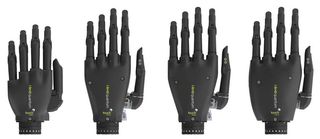
He tells Techradar: “We have been exploiting our expertise in humanoids for building intelligent bionic assist systems. In collaboration with Touch Bionics, we are developing smart upper limb prosthetics aimed at reducing user fatigue and workload through grasp pre-shaping.
“Our work on gait analysis and bipedal locomotion has opened new ways of controlling exoskeleton devices so that stroke patients and active lower limb orthoses users can get appropriate and personalised assistance routines during assisted rehabilitation sessions.”
Vijayakumar’s work may eventually extend beyond aiding those with mobility issues.
“This technology can, of course, be used by healthy individuals for human augmentation,” he adds.
“In fact, a potential application we are looking at includes more compact exercise machines for astronauts on the ISS and long term missions, and a project with Costain (involved with London Cross Rail delivery) on cognitive load reducing use of kinesthetically operated construction and tunnel machinery.”
3D-printing advancements
3D printing also has the potential to make our bodies cutting-edge. While 3D printers haven’t taken over the world just yet, they’re being used to create long-lasting prosthetics for people who have lost limbs. Robotics company Open Bionics is leading the charge here. It’s developing low-cost, open-source bionic hands.
The company’s mission is to change the way robotic prosthetics are made by capitalising on the possibilities of 3D printing. It can create a lightweight, durable bionic hand within 5 days. However, depending on the circumstance, it can sometimes speed this process up to an even more impressive 48 hours.
Samantha Payne, COO of Open Bionics, says: “3D printing is already dramatically cutting down product development and clinician time, but as the technology continues to develop, bionics will provide individuals more independence and dexterity than ever before.
“With our latest round of funding from Nominet Trust, Open Bionics aims to start its first medical trials, taking the next step in providing affordable multi-grip human bionics for amputees.
“Funding from Nominet Trust will support the creation of a number bionic hand devices for young volunteer amputees to wear during the three month trial, looking at how these devices can aid amputees, improve quality of life, and affect well-being. The findings from the trial will be shared openly to allow others to benefit from the Nominet Trust funded trial.”
But that’s not all 3D printers can achieve. Within the next few years, they could be capable of printing human bone and flesh. Simon Shen, CEO of leading 3D printer manufacturer XYZprinting, explains: “3D printing to replace bones, such as jaw and skull pieces for reconstruction, is also now commonplace.”
“Even exoskeletons are pioneered to help those that are paralysed walk again. These pieces are completely personalised and unique to each patient, with a new one for each case being uploaded and printed off.
“3D printers have the potential to truly revolutionise healthcare by printing human tissue itself. While we’re a while away from being able to print whole organs for transplant, the ability to print cells and pieces of tissue to test drugs, for example, could be within five years. With that, we could significantly accelerate breakthroughs.”
Body chips and sensors
Technology can clearly help us avoid common wear and tear, but it can also give us new abilities. Biometric innovation, which you’d normally associate with banks and security, could enter our bodies in the future. We could be using in-body chips and sensors for almost every interaction with the outside world.
David Emm, principal security researcher at Kaspersky Lab, says: “Over the next few years, we can only expect the use of biometric technology to increase in response to security concerns with existing methods of authentication – for example the dangers inherent in weak and/or re-cycled passwords.
“At the same time, we can also expect to see the biometric trend move up to the next level - in particular the development of bio-hacking. Once considered something that you’d only see in a science fiction film, such practices are now already happening, with many consumers lining up to be the next to be ‘chipped’.
“There are clear benefits: instead of having to carry around a pass-card to the office, we can simply wave a hand in front of a sensor in order to access a building.”
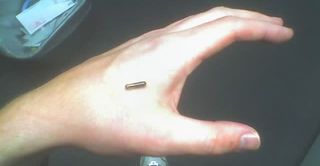
Although there are clear benefits, Emm says there’d be many complex security challenges at the same time.
“As more people rely on biometric technologies to store, secure and access sensitive information, criminals will create more complex methods to steal it,” he stresses.
“Recent fraud figures for this country show that 51 per cent of frauds now take place online. As the use of biometrics becomes more widespread, we can only expect criminals to find ways to attack popular biometric solutions.”
Modular technology may not have a major consumer tech future, but that’s not to say it’s a dying area. Instead, it lives on through the form of bionics, 3D body parts and biometrics. Things will no doubt get even more exciting in the future as the technology continues to develop and become more accessible. One day, we may all be cyborgs.
Nicholas Fearn is a freelance technology journalist and copywriter from the Welsh valleys. His work has appeared in publications such as the FT, the Independent, the Daily Telegraph, The Next Web, T3, Android Central, Computer Weekly, and many others. He also happens to be a diehard Mariah Carey fan!
